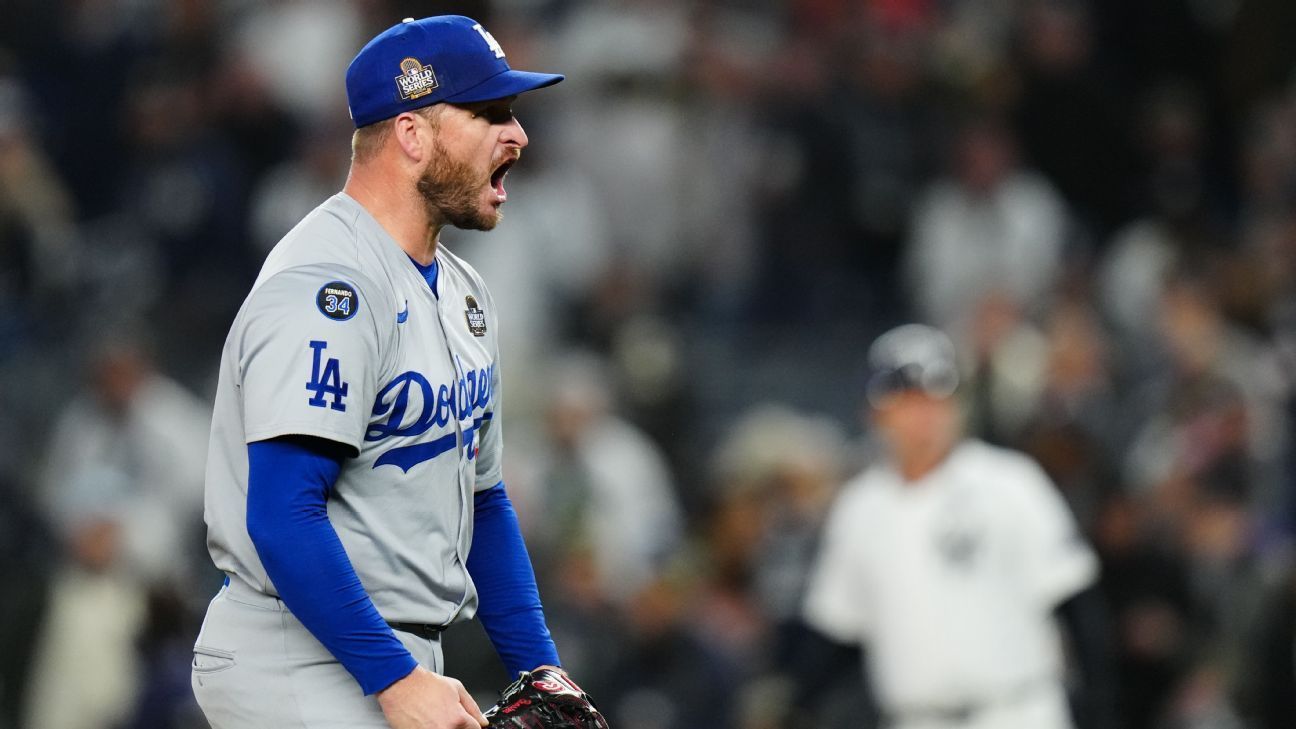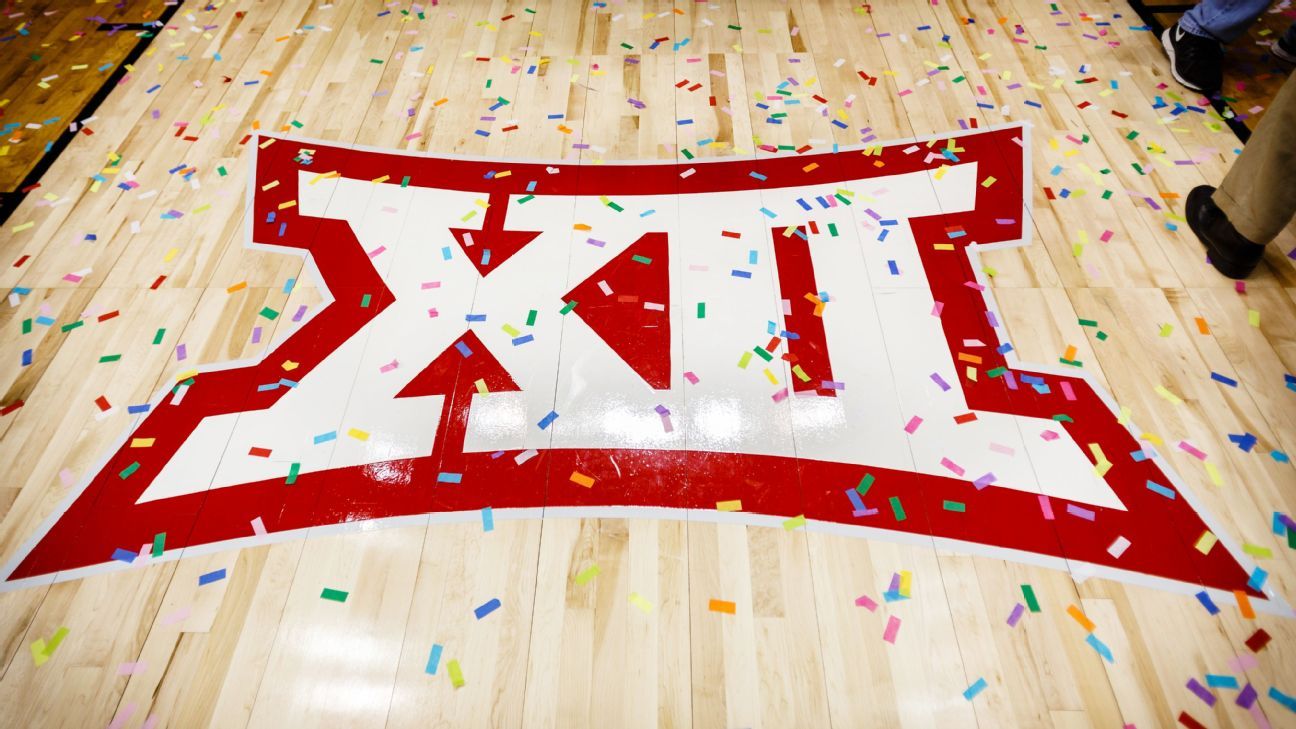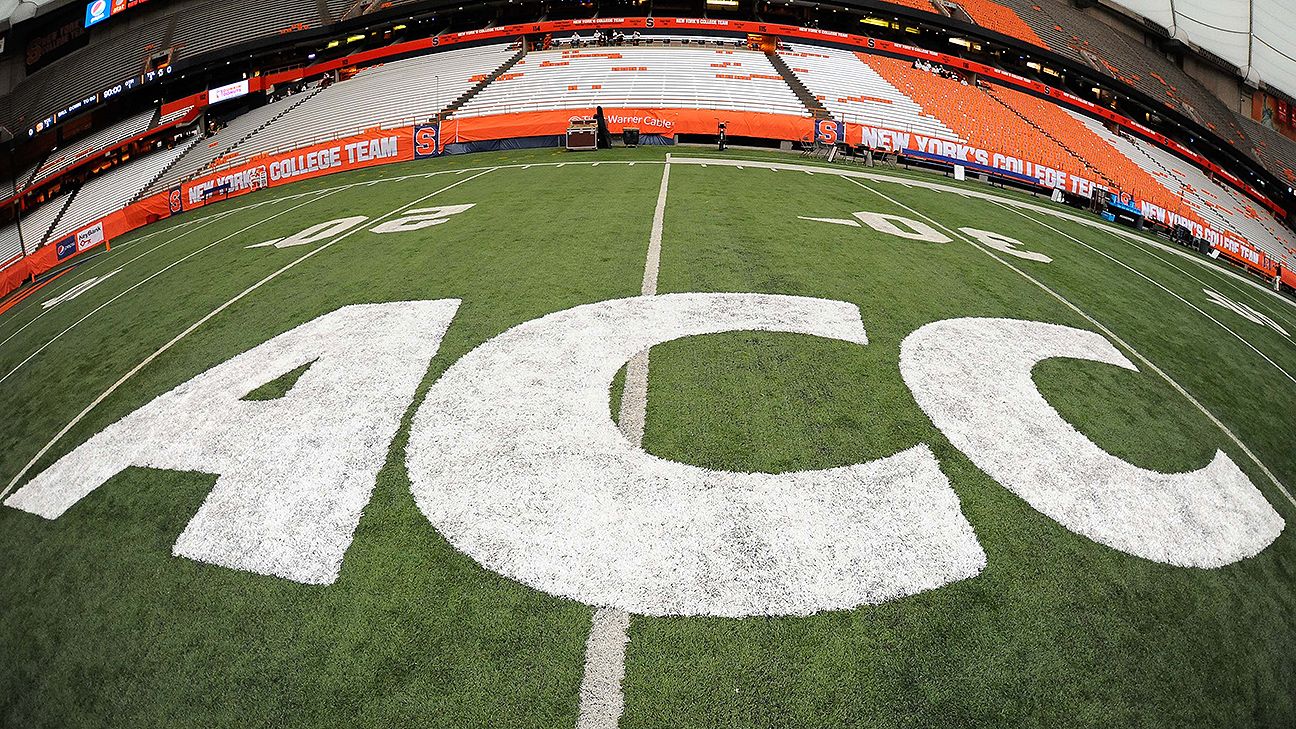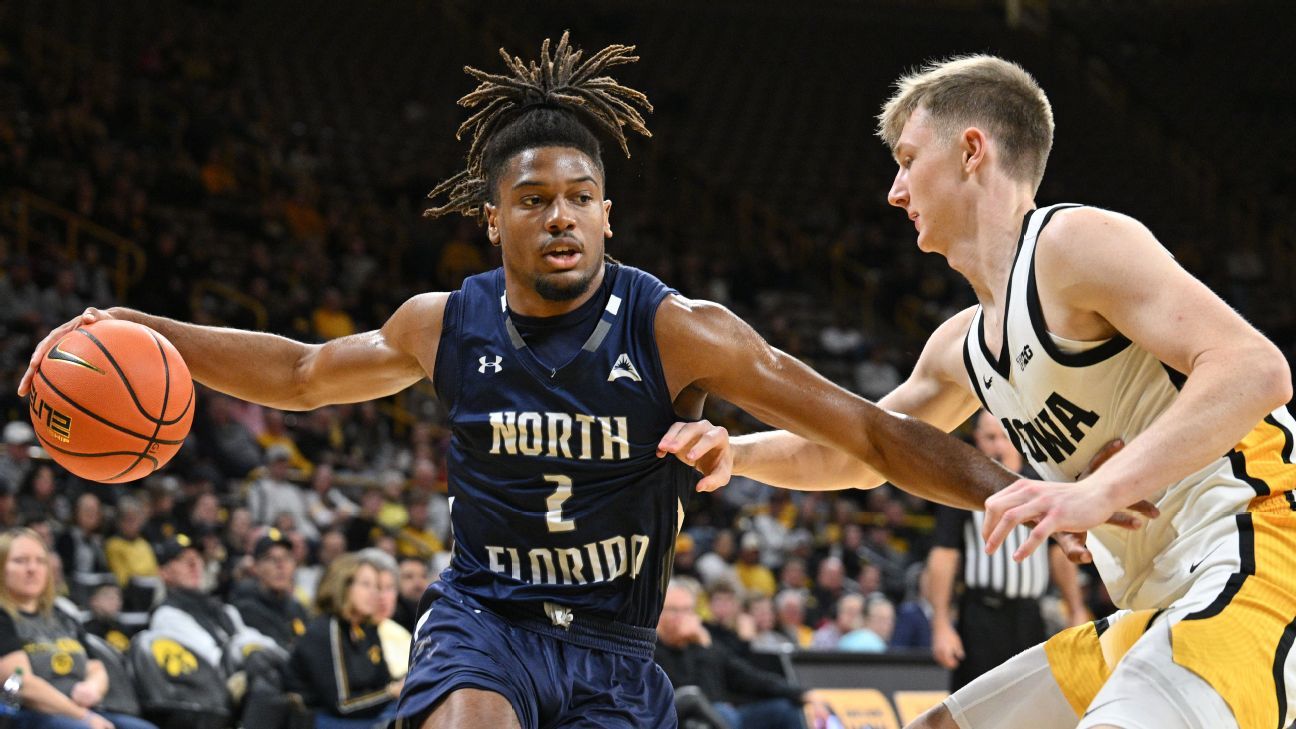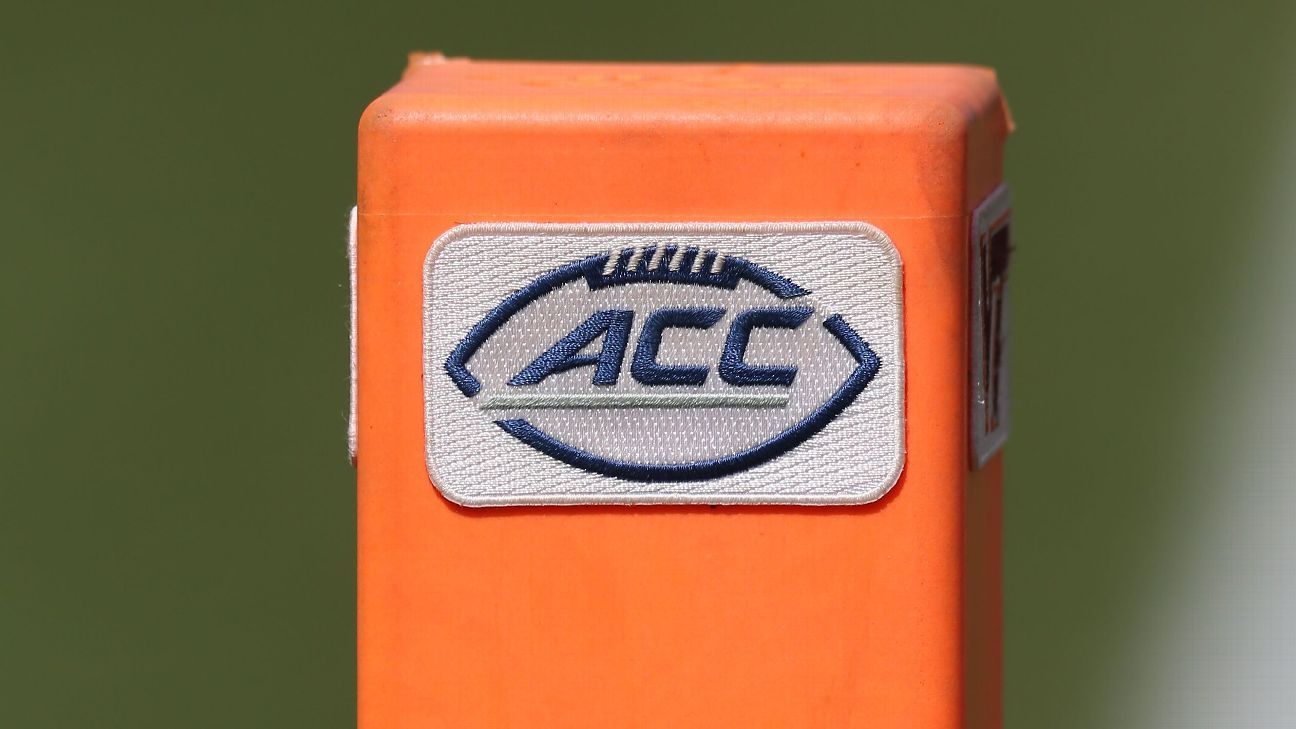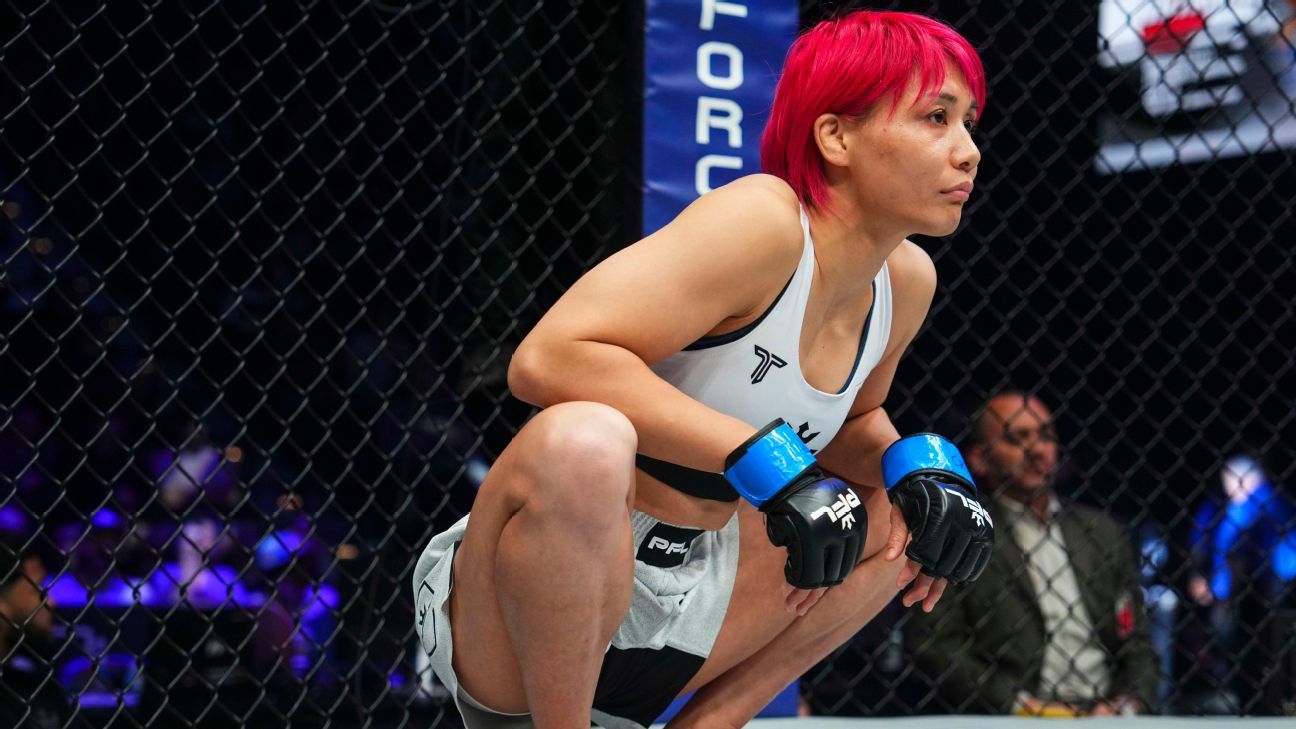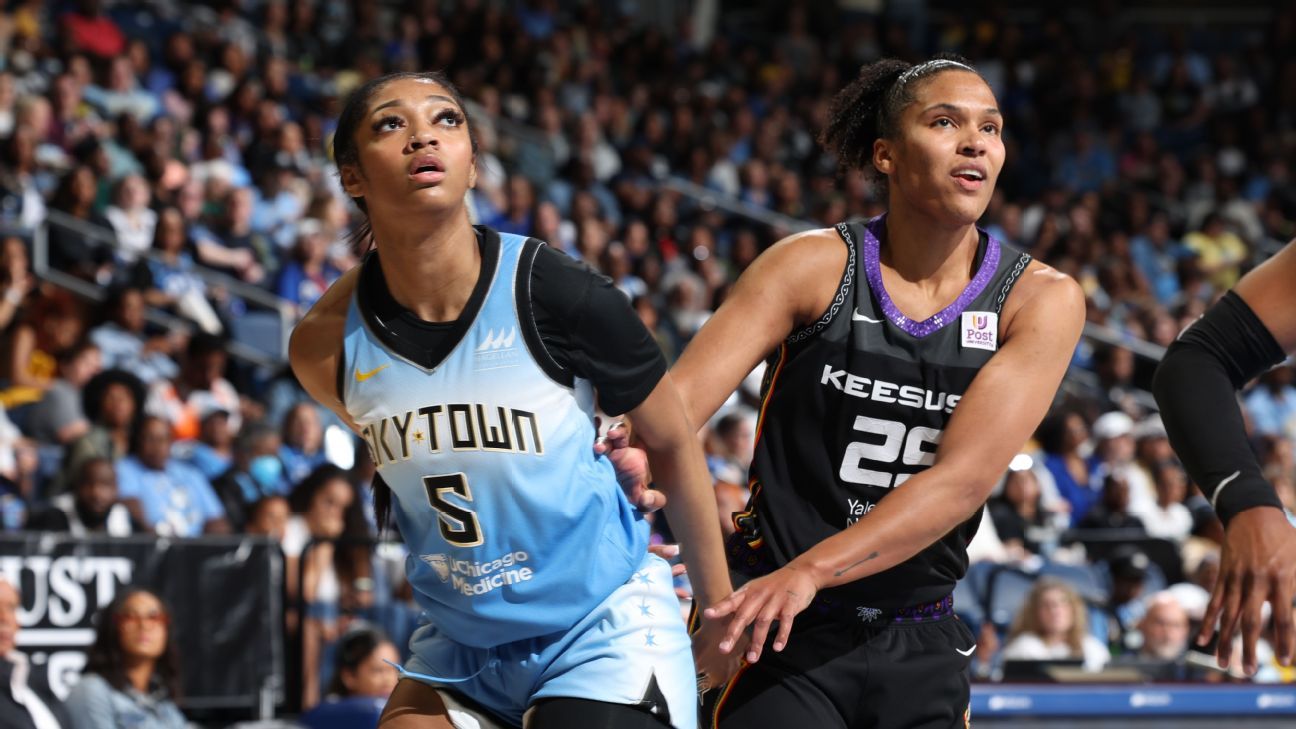NEW YORK – For decades, the Los Angeles Dodgers were known for their superstar starting pitchers.
These pitchers remain so indelible that last names are largely sufficient: Koufax, Drysdale, Valenzuela, Hershiser, Kershaw, all of whom made World Series starts for the Dodgers' championship teams.
The Dodgers' 4-2 victory in Game 3 of the 2024 World Series on Monday put them on the cusp of another championship, with a historically unbeatable three-game lead over the New York Yankees. Los Angeles can clinch it in Game 4 on Tuesday, traditionally a tremendous opportunity in the career of an ambitious starting pitcher.
The Dodgers' Game 4 starter? After Game 3, the answer to that question remained: Relief pitcher TBD. But we do know that it will be a bullpen game to maybe win the World Series.
“Obviously, it would be fun to go out and contribute something like that,” Dodgers reliever Daniel Hudson said. “I'm not sure what we're going to do, but we'll go out and get three, four, five outs and pass the ball to the next guy.”
This postseason has seen the prominence of the 2024 version of the bullpen deployment evolve into something new.
In: Relievers used at any point in the game, including the start, as the Dodgers plan to do in Game 4.
Out: Preconceived roles. The less you have, the better.
“The guys we have down there,” right-hander Ryan Brasier said, “we compete and we're a tight-knit group. We have fun, but at the same time, when it's time to focus, everyone gets along.” the same end of the rope and pull.”
That's not how the Dodgers designed it last winter, when they signed Yoshinobu Yamamoto to a massive deal, extended him to a slightly less massive deal for Tyler Glasnow, and brought back Clayton Kershaw. Add returning starters, including several young arms, returned from injuries like Game 3 winner Walker Buehler, add the trade deadline signing of Jack Flaherty, and you have a starting pitching bonanza.
Instead, the rotation was plagued by so many maladies that the Dodgers had to lean heavily on a bullpen that itself appears to have no clear pecking order. The improvised nature of the Los Angeles launch plan was known early on in October. The Dodgers' bullpen roles have always been fluid, but that dynamic was compounded by a shortage of starters. Everything has been at stake.
“There's five or six guys that maybe got a save this season,” Dodgers manager Dave Roberts said at the start of the playoffs. “I feel very comfortable. Everyone has pitched with leverage, whether it's the fifth, the sixth, the seventh or the ninth. Whatever pitcher I think is best in that particular part of the game, part of the lineup, that's “Who am I going to use?”
It turned out to be a feature, not a bug. Try to imagine the Dodgers' relief staff as a 19th century, Old Hoss Radbourn-style pitcher who pitched every game. That pitcher has a 3.16 ERA in 68 1/3 innings, 13 saves, four saves and no blown saves. The Dodgers' starters, including some starters, have a 4.76 ERA in 11⅔ fewer innings.
Roberts and pitching coach Mark Prior have crafted the plan with remarkable acumen.
Consider Blake Treinen, whose material harks back to his prime, when he was one of the game's most unassailable relievers. In the past, when managers had a reliever pitching like Treinen did, they could put him in the back of the bullpen and assign him the last three, four or five outs.
Don't train. He had a two-inning save, was retired after allowing a pair of hits in the ninth, and got outs in the sixth and seventh innings. Brasier has pitched in the first (twice), fourth, sixth and eighth. You can watch any reliever at any time if the leverage is right and you can take advantage of the matchup against a certain sector of the opposing lineup.
The further we get into October, the more willing Roberts is to let his recovering starters work. Therefore, Yamamoto and Buehler have given it not only efficiency but more longevity than was anticipated when the series began. This, in turn, reserves resources for things like, say, a bullpen elimination game.
“I'd put our bullpen up there with any bullpen I've ever been in and any bullpen I've ever seen,” said eccentric Brent Honeywell. Honeywell, who was a more or less ruled out pitcher to start Game 4, could nevertheless get a chance during what the Dodgers hope to be the final game of the season. “I want to win, and if that's how we have to do it, that's how we have to do it.”
The Dodgers aren't the only team we've seen do this during the postseason. And playoff bullpen games have been around since at least 2019, in the form we know them now, but what we've seen in October has felt different. It's not bullpenning as a last resort, it's bullpenning because you can't score on our damn relievers no matter who they are, so maybe, just maybe, we're glad we have to do it this way.
The potential danger is overexposing your relievers to the same group of hitters too many times during a long series. Roberts is well aware of that challenge.
“Having a long and short view of the series influences my decision making,” Roberts said. “It's a constant in-and-out kind of thing. But my pitching coaches do a great job helping me break it down.”
Research done on this topic has suggested that this may be a problem, but here's the thing: This is arguably a bigger problem for the traditional setup/prep/closer model of playoff bullpen management than they have been. doing the Dodgers. Sure, there's a hierarchy in every bullpen, even this one, and those relievers will see the same hitters over a long series. (Though this series might not be long after all.) But the Dodgers are mitigating that by attacking their opponents with so many different arms in so many different circumstances.
That's how it scans now, because it's been working. The Dodgers will attempt the ultimate proof of concept by hosting a parade of relievers on Tuesday. If it works one more time, the reward will be, well, a parade.
Meanwhile, teams with solid rotations (Philadelphia, Kansas City) and star closers (Cleveland, Milwaukee) have fallen by the wayside. The Dodgers, the team that can buy as much certainty as possible in a baseball roster, are one win away from the ultimate prize, in large part because of the way they have embraced their bullpen.
Going into Game 4, you might think there's a bit of lobbying among the relief group to be the last one out. After all, the last pitcher of each decisive World Series game achieves a certain instant immortality.
But there is no such lobby. Not these Dodgers.
“Nobody here has any kind of ego,” Brasier said. “When the phone rings, everyone is ready.”

